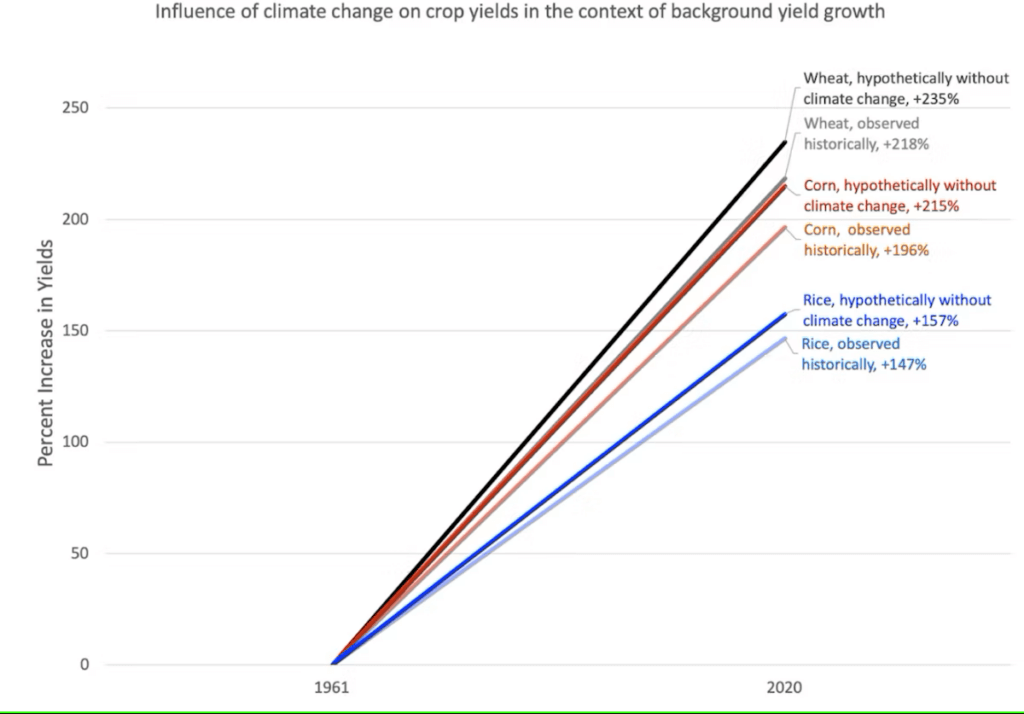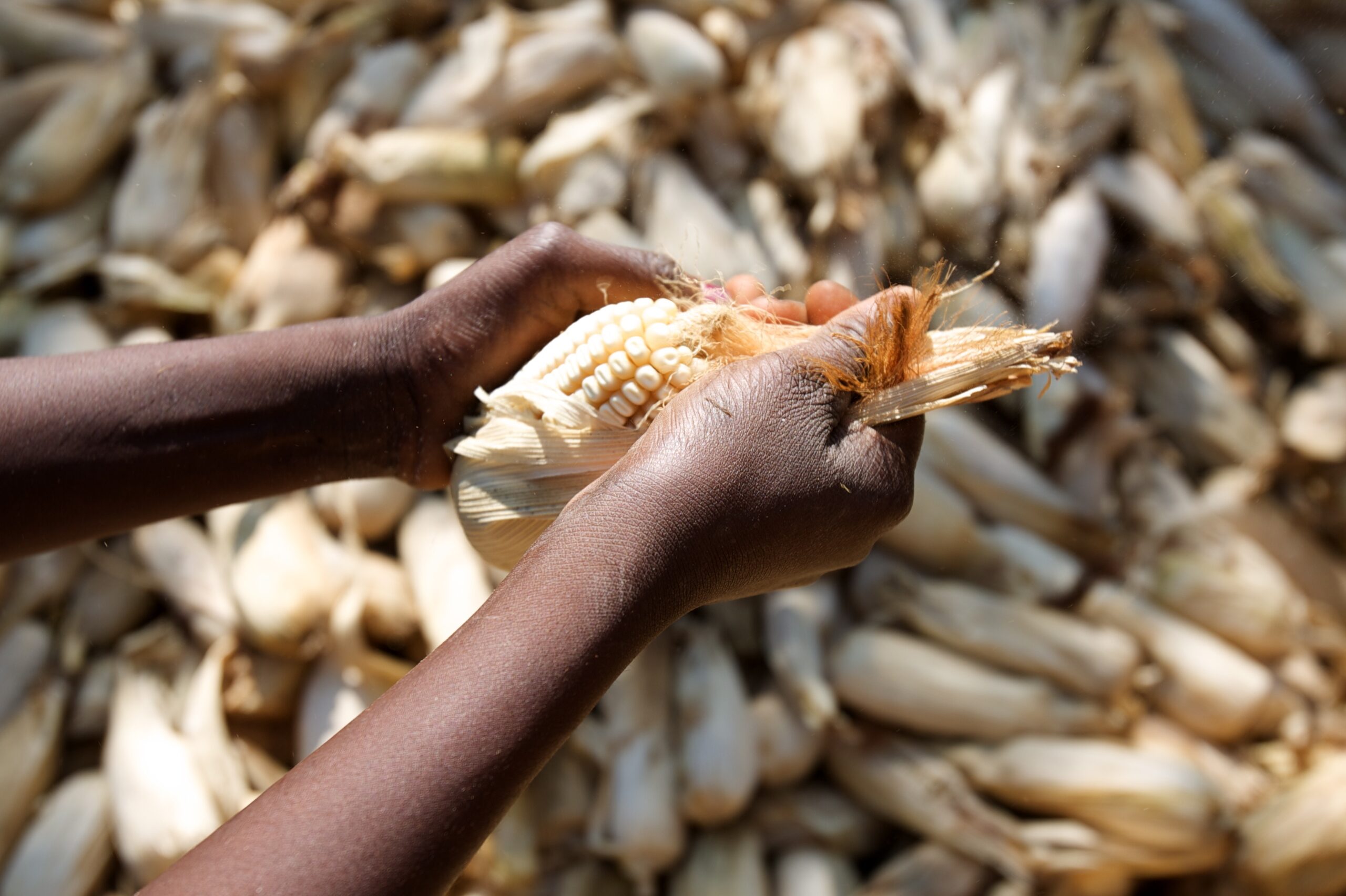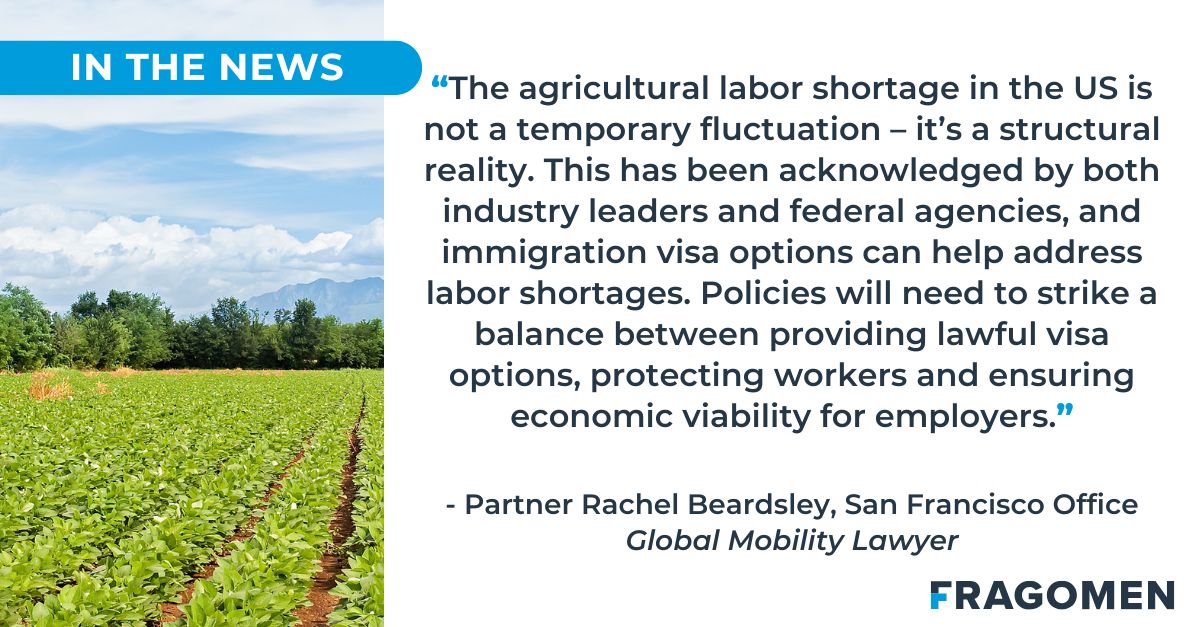Report on Technological Interventions to Reduce Post-Harvest Food Loss in India and Their Contribution to Sustainable Development Goals
1.0 Introduction: The Paradox of Food Waste and Hunger in India
India faces a significant challenge that directly impacts its progress toward the Sustainable Development Goals (SDGs), particularly SDG 2 (Zero Hunger) and SDG 12 (Responsible Consumption and Production). Despite nearly half of its workforce being employed in agriculture, the nation confronts a dual crisis of widespread hunger and substantial post-harvest food loss. This report examines how technological innovations are addressing this issue for smallholder farmers, thereby advancing multiple SDGs.
1.1 Key Statistics
- Global Hunger Index (GHI) Ranking: India is ranked 105th out of 127 countries, with approximately 14% of the population undernourished, highlighting a critical barrier to achieving SDG 2.
- Post-Harvest Losses: An estimated $17.7 billion worth of produce, equivalent to 74 million tons or 22% of the total food grain output, is lost annually. This directly contravenes the objectives of SDG 12, which aims to halve food waste by 2030.
2.0 Challenges for Smallholder Farmers and Associated SDG Impacts
Approximately 86% of India’s farmers are smallholders, owning less than two hectares of land. Their operational constraints create a cycle of poverty and food insecurity, hindering progress on several SDGs.
2.1 Primary Challenges
- Lack of Infrastructure: Limited access to cold storage, modern warehousing, and efficient transportation prevents the preservation of perishable goods like fruits and vegetables. This deficit in infrastructure is a key concern under SDG 9 (Industry, Innovation, and Infrastructure).
- Economic Vulnerability: Without storage facilities, farmers are forced into immediate post-harvest sales, often at significantly lower prices. This practice perpetuates low incomes and poverty, directly impacting SDG 1 (No Poverty) and SDG 8 (Decent Work and Economic Growth).
- Food Spoilage: High rates of spoilage of perishable crops reduce the available food supply and diminish farmers’ livelihoods, undermining efforts toward SDG 2 (Zero Hunger).
3.0 Technological Solutions Promoting Sustainable Development
Emerging technologies are providing targeted solutions that reduce food waste while simultaneously empowering farmers and contributing to a range of Sustainable Development Goals.
3.1 Ecozen: Solar-Powered Cold Storage
Ecozen, a climate technology company, has deployed its Ecofrost solar-powered cold rooms to extend the shelf life of produce. These off-grid systems utilize AI and IoT for remote management, allowing farmers to set ideal storage conditions automatically.
SDG Contributions:
- SDG 7 (Affordable and Clean Energy): The system operates primarily on solar power, promoting the use of renewable energy in the agricultural sector.
- SDG 9 (Industry, Innovation, and Infrastructure): Ecofrost represents the development of resilient, sustainable infrastructure for rural communities.
- SDG 12 (Responsible Consumption and Production): By preventing spoilage, the technology directly reduces post-harvest food losses.
- SDG 13 (Climate Action): The reliance on solar energy reduces carbon emissions compared to traditional grid-powered or diesel-generator cold storage.
3.2 Saptkrishi: Portable Preservation Units
Saptkrishi offers the Sabjikothi, a portable, solar-powered microclimate chamber that preserves fruits and vegetables without chemicals. Its modular design makes it accessible to small-scale farmers and vendors in locations where larger infrastructure is not feasible.
SDG Contributions:
- SDG 1 (No Poverty): Enables farmers to store produce and sell at optimal times, increasing their income potential.
- SDG 2 (Zero Hunger): Preserves nutritional value and makes more food available for consumption.
- SDG 7 (Affordable and Clean Energy): Utilizes solar power, providing a clean and low-cost energy solution.
3.3 S4S Technologies: Empowering Women through Solar Dehydration
S4S Technologies focuses on a model that combines food preservation with social empowerment. The company provides solar-powered food dehydrators to women micro-entrepreneurs, who process lower-grade produce purchased from smallholder farmers. This creates a value-added product from food that might otherwise be wasted.
SDG Contributions:
- SDG 5 (Gender Equality): Empowers women, who constitute 75% of the agricultural workforce in India, by providing them with tools for economic independence and creating micro-businesses.
- SDG 1 (No Poverty) & SDG 8 (Decent Work and Economic Growth): Guarantees fair compensation and creates new livelihood opportunities, fostering local economic growth.
- SDG 12 (Responsible Consumption and Production): Upcycles rejected produce, directly addressing food loss at the farm level and promoting a circular economy approach.
4.0 Conclusion: Technology as a Catalyst for the 2030 Agenda
The deployment of innovative, clean-energy technologies in India’s agricultural sector offers a promising pathway toward achieving the Sustainable Development Goals. By tackling the root causes of post-harvest loss, these solutions do more than preserve food; they enhance farmer autonomy, increase incomes, empower women, and promote sustainable infrastructure. These interventions demonstrate a holistic approach where advancements in technology directly support the interconnected goals of ending poverty and hunger, achieving gender equality, and ensuring responsible production patterns for a more sustainable future.
SDGs Addressed in the Article
-
SDG 2: Zero Hunger
- The article directly addresses food security and hunger by highlighting that India has “approximately 14% of the population undernourished” while simultaneously wasting millions of tons of food. The solutions presented aim to reduce this waste, thereby increasing food availability and supporting the livelihoods of smallholder farmers who are central to the food system.
-
SDG 12: Responsible Consumption and Production
- This is a core theme, as the article’s main focus is on reducing post-harvest food loss. It quantifies the problem, stating India loses “roughly $17.7 billion worth of crops and produce each year post-harvest,” which amounts to “74 million tons of food.” The technological solutions discussed are all aimed at creating more sustainable production and supply chains.
-
SDG 5: Gender Equality
- The article specifically discusses the gender dimension of agriculture in India. It notes that “Roughly 75% of women in India work in agriculture” and highlights how S4S Technologies focuses on empowering “women micro-entrepreneurs” through its solar-powered food dehydrator program, contributing to female economic empowerment.
-
SDG 8: Decent Work and Economic Growth
- By reducing spoilage, the technologies allow farmers to avoid being “forced… to sell right after harvest” at “much lower prices.” This gives them more control, helps them “earn more money,” and improves their livelihoods. The S4S model further supports this by guaranteeing “fair compensation” and a “fixed fee per kilogram,” promoting economic growth for small-scale producers.
-
SDG 9: Industry, Innovation, and Infrastructure
- The article is centered on technological innovation as a solution. It describes specific innovations like “solar-powered cold storage,” “portable preservation dryers,” and “IoT devices” that constitute a new form of sustainable infrastructure for the agricultural sector, helping smallholders overcome the lack of traditional infrastructure like “cold storage, warehouses or proper transportation.”
-
SDG 7: Affordable and Clean Energy
- All the primary technological solutions mentioned—Ecozen’s cold rooms, Saptkrishi’s Sabjikothi units, and S4S Technologies’ dehydrators—are explicitly “solar-powered.” This demonstrates a shift towards clean and renewable energy sources in the agricultural supply chain, reducing reliance on grid electricity or fossil fuels.
Specific SDG Targets Identified
-
SDG 2: Zero Hunger
- Target 2.1: By 2030, end hunger and ensure access by all people, in particular the poor and people in vulnerable situations, including infants, to safe, nutritious and sufficient food all year round. The article connects the reduction of food waste directly to the ability to “feed more people,” addressing the “14% of the population undernourished.”
- Target 2.3: By 2030, double the agricultural productivity and incomes of small-scale food producers, in particular women, indigenous peoples, family farmers, pastoralists and fishers. The article focuses on India’s “86% [of farmers who] are classified as smallholder farmers” and explains how new technologies help them “earn more money” and “regain autonomy.”
-
SDG 12: Responsible Consumption and Production
- Target 12.3: By 2030, halve per capita global food waste at the retail and consumer levels and reduce food losses along production and supply chains, including post-harvest losses. This target is the central issue of the article, which quantifies post-harvest losses at “22% of the nation’s total food grain output” and details technological solutions specifically designed to reduce this loss.
-
SDG 5: Gender Equality
- Target 5.b: Enhance the use of enabling technology, in particular information and communications technology, to promote the empowerment of women. The article provides a direct example through S4S Technologies, which “empowers… women micro-entrepreneurs in rural India with solar-powered food dehydrators.”
-
SDG 9: Industry, Innovation, and Infrastructure
- Target 9.4: By 2030, upgrade infrastructure and retrofit industries to make them sustainable, with increased resource-use efficiency and greater adoption of clean and environmentally sound technologies and industrial processes. The article showcases the adoption of clean technologies like “solar-powered cold storage” and “IoT monitoring” to create sustainable agricultural infrastructure.
Indicators for Measuring Progress
-
Indicator for Food Loss (Target 12.3)
- The article provides clear baseline data that can be used to measure progress against Target 12.3. Specific figures mentioned include:
- The monetary value of post-harvest loss: “$17.7 billion worth of crops and produce each year.”
- The volume of food waste: “74 million tons of food… going to waste annually.”
- The percentage of food loss: “22% of the nation’s total food grain output.”
Progress can be measured by tracking the reduction in these figures over time.
- The article provides clear baseline data that can be used to measure progress against Target 12.3. Specific figures mentioned include:
-
Indicator for Hunger (Target 2.1)
- The article mentions that “approximately 14% of the population [is] undernourished.” This figure, which corresponds to the official SDG indicator 2.1.1 (Prevalence of undernourishment), serves as a baseline to measure improvements in food security resulting from reduced food waste.
-
Indicator for Smallholder Income (Target 2.3)
- While the article does not provide specific income figures, it implies a positive change in income for smallholder farmers. The S4S model, which offers a “fixed fee per kilogram of dried product,” provides a measurable indicator. Tracking the income of farmers and micro-entrepreneurs participating in these programs would measure progress toward this target.
-
Indicator for Clean Technology Adoption (Targets 7.2 and 9.4)
- The article provides specific examples of technology deployment, such as the installation of “10 Ecofrost solar-powered cold rooms” with a “cold storage capacity of 50 metric tons” in Meghalaya. The number of such units installed, their capacity, and the amount of produce saved can serve as direct indicators of clean technology adoption in the agricultural sector.
SDGs, Targets, and Indicators Summary
| SDGs | Targets | Indicators |
|---|---|---|
| SDG 2: Zero Hunger | 2.1: End hunger and ensure access to food. 2.3: Double the agricultural productivity and incomes of small-scale food producers. |
Prevalence of undernourishment (baseline of 14% mentioned). Change in income for smallholder farmers (e.g., fixed fee per kg). |
| SDG 12: Responsible Consumption and Production | 12.3: Halve food waste and reduce food losses, including post-harvest losses. | Reduction in post-harvest losses from baselines of $17.7 billion, 74 million tons, or 22% of food grain output. |
| SDG 5: Gender Equality | 5.b: Enhance the use of enabling technology to promote the empowerment of women. | Number of women micro-entrepreneurs using solar-powered dehydrators and earning income. |
| SDG 8: Decent Work and Economic Growth | 8.2: Achieve higher levels of economic productivity through technological upgrading and innovation. | Increased income and fair compensation for farmers and entrepreneurs due to technological interventions. |
| SDG 9: Industry, Innovation, and Infrastructure | 9.4: Upgrade infrastructure and industries for sustainability with greater adoption of clean technologies. | Number and capacity of solar-powered cold storage units and dryers deployed (e.g., 10 rooms with 50 metric tons capacity). |
| SDG 7: Affordable and Clean Energy | 7.2: Increase substantially the share of renewable energy in the global energy mix. | Adoption rate of solar-powered agricultural technologies (cold storage, dryers) among smallholder farmers. |
Source: borgenproject.org







